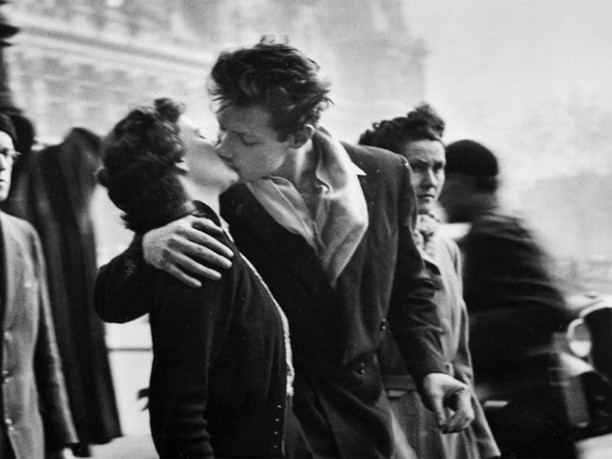
What makes a photo great is not the camera sensor, the DSLR or mirrorless design, or the so-many points of your magic autofocus system. Photos are made from light.
There always are, and will be, new articles outlining new tech devices with better attributes. They compare the iPhone Xs camera to a pro DSLR, and therefore pose the question: is the good photographer a dying breed ?
With high quality image capture devices steadily becoming more affordable and accessible, who needs a “real” photographer anymore ? Because isn’t the high quality, expensive gear the defining factor between a pro and an amateur ? And is that gap narrowing with the advent of better, cheaper, cameras ? To all of that, the answer is NO, because that’s not where the gap exists. Having the right gear may be a prerequisite in some cases, but it’s not the end of the road. But only the beginning of a narrow, dusty and climbing path.
A picture is made with light. To capture that light, you have to be able to see it, to observe how it moves, see how it reflects and refracts. With no light, there is no image, and, just like us, not all lights are created equal. Hunting the good light is a never-ending endeavor, and that’s where the gap between good and great images. Therefore, you have to study light. Study it in everyday life. Pay attention to its properties and how it behaves. See how it changes after the sun dips below the horizon but it’s still not dark. See what it does when it bounces off a white wall, or wraps around a black sphere, or shines through the hair of someone you love. Then capture it with whatever camera you have.Study and understand composition and balance. Understanding the inverse square law won’t hurt either. Read about specular vs. diffuse reflection and know how to work with both. And color temperature. And have the Itten book on your night table.
Now, one has to do care about the gear. The camera is what let’s us capture the light in the exact way we want to. The reason better gear is desirable is because of the way it can function a tool, but it ultimately doesn’t create a photo on its own. Better sensors and bigger apertures allow photos to be taken with less available light. Sharper lenses mean sharper images, which are generally preferable. Being able to shoot more frames per second means a greater chance of getting the shot at the exact right moment. Faster, more accurate autofocus systems mean more in-focus images.
But you’re not going to get better without deep study and daily practice. This is true in every art, from playing piano, sketching or dancing on ice.
Like Johannes Vermeer, learn to work with the light. Then your gear will sit in the back seat, and you’ll get a small chance to become, one day, a master in your art.



